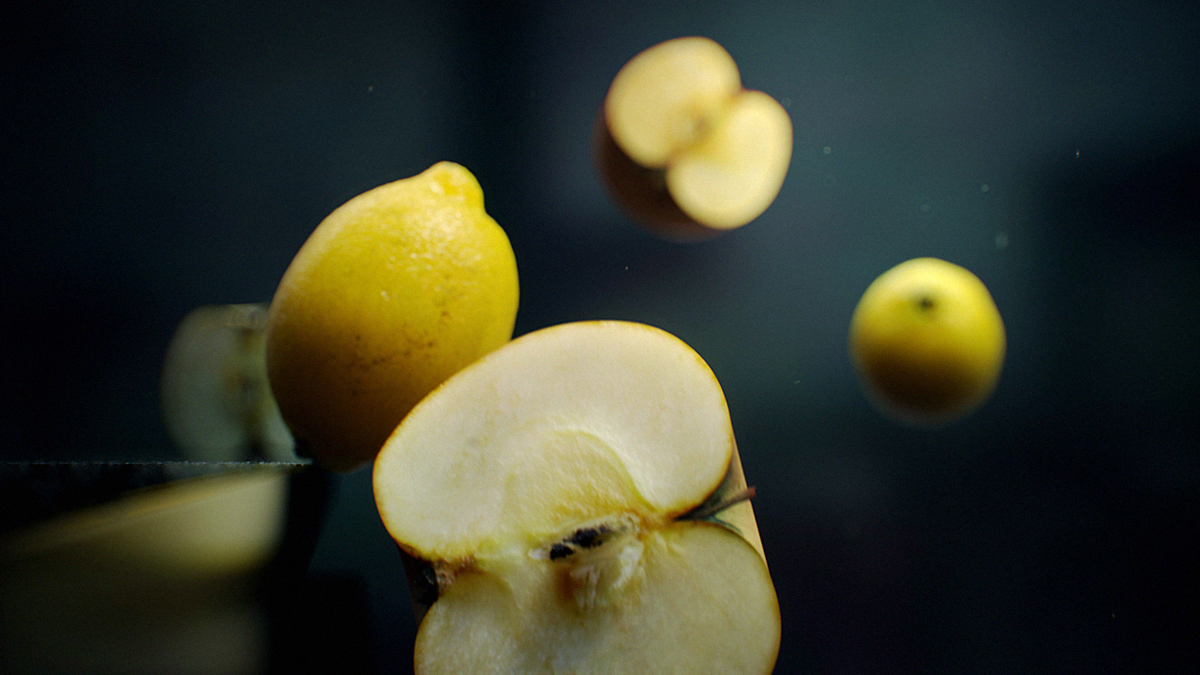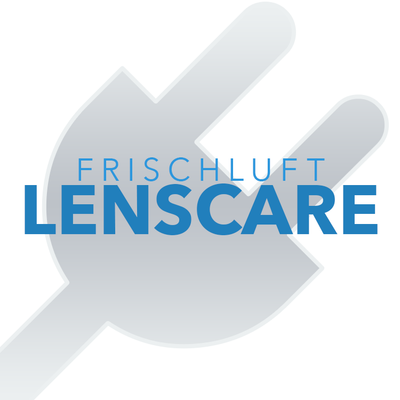

What I like about using the depth pass, other than it speeding up render times, is that you can render the image along with a depth pass, apply DOF how you want and still have the original rendering in case you need to change up the DOF later or not use it at all (no need to re-render if you don't want DOF or whatever). Used the depth pass straight out of KeyShot and composited with Blender.

I wanted the area closest to the camera to stay in focus. Here's a diamond ring VR I did using the depth pass: It seems to have become the standard in high-end entertainment. Deep image compositing provides an elegant solutions for this (among many other things!). These contour/edge issues are inherent to flat depth passes. Depth passes work best for non-macro shots with mild DOF. a mirror reflection being out of focus, when it really should be in focus.). a car in the front against a building in the distance.) and with reflections/refractions (e.g. For me using a depth pass for DOF often gives undesirable results, especially on object contours with high 'distance contrast' (e.g. That being said, pretty much always I still prefer realtime rendering with DOF enabled in KeyShot (somehow advanced rendering with DOF is really slow.). In the Lens blur window you can pick any point in your image that will be in focus.

Both options will give you the ability to apply a Lens blur filter. Then you need to put the depth pass on a alpha channel or use it as on opacity layer on your render. This will yield a usable depth pass for simulated DOF. You need to lower the exposure to get the desired white-gray-black falloff.


 0 kommentar(er)
0 kommentar(er)
